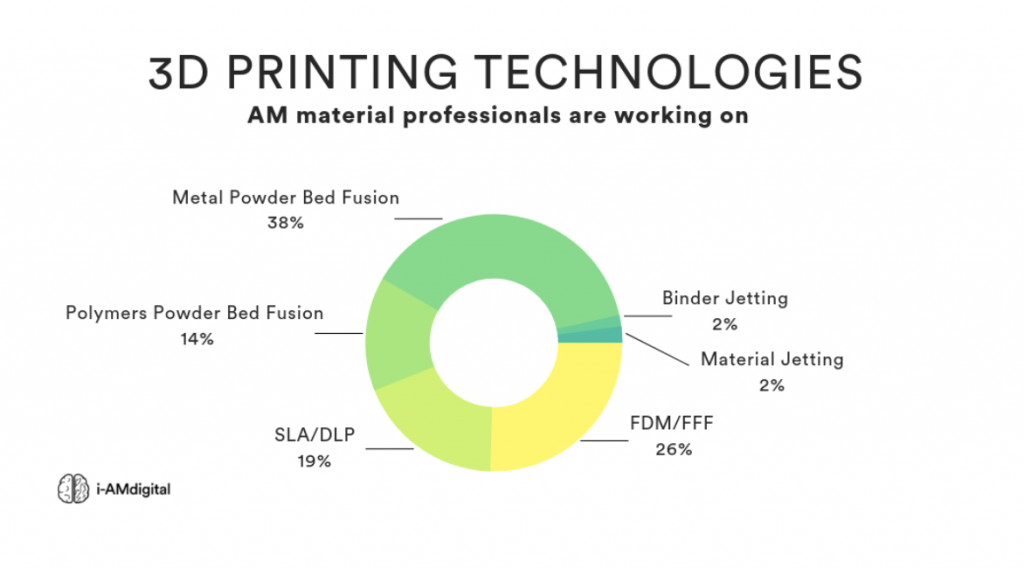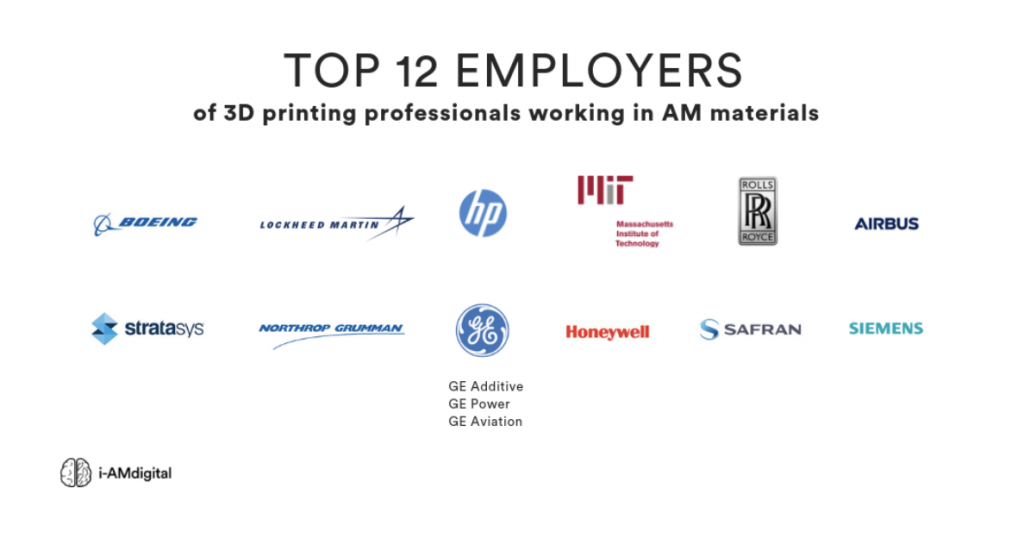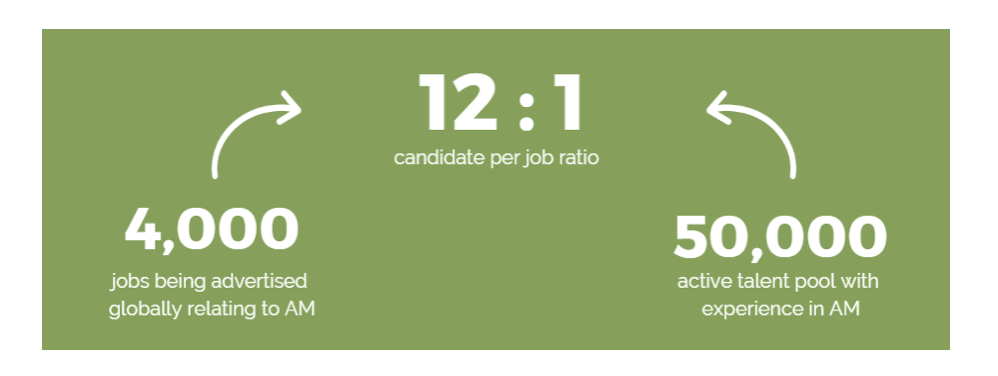2019 has been the year of environmental sustainability, with global protests and increased political and social focus. The additive manufacturing industry isn’t an exception; sustainability is on the agenda. But how?
We are entering a new era for additive manufacturing now. One in which the increase in adoption for production applications requires the industry to mature and demonstrate the reliability, repeatability and quality of more established manufacturing techniques. This was clear during the recent Formnext 2019, where there was a significant message coming from most OEM’s, which was more focused on delivering on previous promises made of their technology. During the recent Formnext 2019, newly appointed CEO of EOS, Marie Langer, was asked about her priorities for the coming years, she discussed a focus on delivering repeatable and transferable processes, usability, quality and reliability. However, there was another significant topic that came up during that press event, and as the week progressed, it was a topic widely discussed on the Formnext floors. The topic was sustainability in additive manufacturing.

The topic was discussed in press conferences, in panel discussions, at networking events, and in one-on-one conversations.
For Marie Langer sustainability is a critical subject and one the whole industry should be championing. This was echoed by Brian Neff, CEO of Sintavia, who also commented on the opportunity and advantage AM has, as a more sustainable production technology than traditional subtractive manufacturing technologies. Langer spoke about developing more sustainable materials that could be recycled and re-used. Brian highlighted that for metal AM, there is far less material waste and that through distributed manufacturing, shipping could be reduced and therefore the overall carbon footprint of producing a part could be lowered.

The topic of sustainability was also taken up by Rush LaSelle, Senior Director, Additive Manufacturing, at Jabil Additive, as he was on a panel on Formnext TV. LaSelle described the benefits of distributed manufacturing from the perspective of sustainability. Moreover, senior leaders in companies like Carpenter Additive, HP, and DSM, made it clear, that sustainability is on the agenda. Camille Caron, HP’s Director of Education and Sustainability for their 3D printing business has recently written an article about this topic.
It seems clear that AM has the opportunity to lead the global manufacturing market as a sustainable production technology. The benefits offered through reduced material waste, supply chain innovations that reduce the needs for shipping parts thousands of miles, the use of recycled plastics and metals in materials, as well as the development of new recyclable materials, can all position AM as the most sustainable production solution for companies. It comes at a time where large companies are all under pressure to reduce carbon footprint and do more to protect and preserve the environment. Therefore this opportunity is one that could further support the acceleration of the AM industry as a whole. However, while this topic was widely talked about at a senior level, there is still very little being done to actually drive sustainability initiatives. Part of that problem likely lies with the question “Who is responsible?”. How many AM organisations, be they machine OEM’s, Materials Companies etc. have a Head of Sustainability, or at least an internal champion to take ownership? This is something Alexander Daniels Global are going to explore more and early in 2020 plan to prepare a report looking directly at what the major companies are doing to further this very important cause.
By Nick Pearce, Director of Alexander Daniels Global
The post Sustainability in additive manufacturing? appeared first on 3DPrint.com | The Voice of 3D Printing / Additive Manufacturing.







 Alexander Daniels Global, a recruitment company specialized in Additive Manufacturing, has just released their third edition of their Additive Manufacturing Salary Study. The report covers all aspects of the talent market in the AM industry, including in-depth salary analysis and analysis of the scarcity of talent.
Alexander Daniels Global, a recruitment company specialized in Additive Manufacturing, has just released their third edition of their Additive Manufacturing Salary Study. The report covers all aspects of the talent market in the AM industry, including in-depth salary analysis and analysis of the scarcity of talent. 